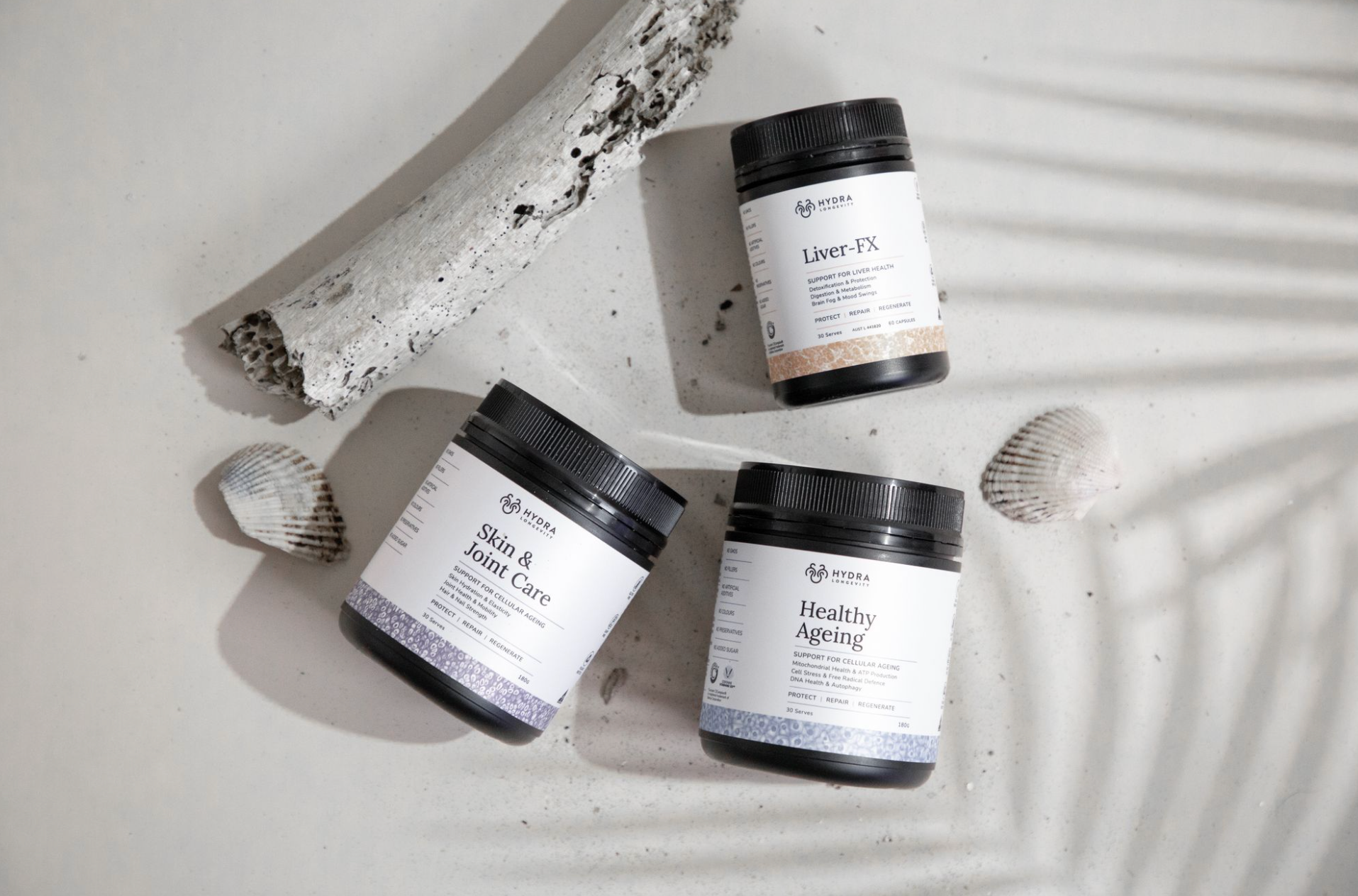2013 was a momentous year. It culminated in the development of a paper put together by a group of scientists charged with reviewing all the literature on ageing and coming up with what they called the Nine Hallmarks of Ageing. This paper galvanised the scientific community and opened up new areas of research and the generation of emerging theories on how we age.
But ageing research isn’t a new frontier or a modern-day endeavour. Doctors and philosophers have been questioning and exploring the concept of ageing since the beginning of time and there are even references to ageing and the toll it takes on us in Old Testament Biblical writings. For thousands of years, Emperors and Kings have given charge to scientists and medical specialists to go out into the world and find the fountain or elixir of youth. Dating back more than 2600 years, we have writings of cultures exploring and experimenting to understand why we age and trying to find a remedy that would allow us to live forever.
Our documented journey into genetics and the function of the human body was really formalised by two of the most famous ancient scientists – Hippocrates and Aristotle. These two men were responsible for starting the conversation and formal study of biology and chronic human disease. Their observations about genetics and human hereditary traits paved the way for our moder-day studies in gerontology and longevity.
Fast forward to the year 2013. A group of scientists, headed by Carlos López-Otin, were given the task of reviewing all literature, theories and scientific research on ageing and they developed the Nine Hallmarks of Ageing. This list encompassed all our current understandings of what characterises ageing and represented the common denominators in various ageing models of mammals. Their landmark paper finally brought together all the prevalent theories of the day about why we age and the mechanisms of how we age.
The nine hallmarks are as follows:
- Unstable genes (DNA damage)
- Loss of telomeres (telomere shortening)
- Alterations in our cellular epigenetics (gene expression errors)
- Dysregulation of cell proteins (proteins become less functional)
- Problems with nutrient sensing and usage by the cell (imbalanced metabolism)
- Mitochondrial dysfunction (the body's energy production machinery malfunctions)
- Cellular senescence (cells don't die when they're supposed to)
- Decline in ability to replenish damaged tissue (stem cell exhaustion)
- Altered cell to cell communication (inefficient cell communication)

The exciting thing about this landmark review was that it gave scientists a more focussed framework to plan their research and to start talking amongst themselves about possible strategies to deal with these hallmarks. They then proceeded to put each of the nine hallmarks into 3 categories for further study.
One such discussion came in 2015, as understanding grew around cellular damage and degradation. As a result a more in-depth understanding of ageing was developed called the Seven Pillars of Ageing. This study showed that the nine hallmarks are not individual factors driving ageing but a series of intertwined processes all affecting each other. It is critical to understand the interplay between these hallmarks and pillars if we are to begin to develop therapies and interventions in the treatment of chronic disease and the ageing process.
Research and funding has grown at a phenomenal rate over the last 20 years especially in the field of nutrigenomic and phytonutrient medicine. Amazing discoveries have been made about the biological interactions between nutrients in our foods and our genes. Study after study, clinical trial after clinical trial are being published about the effects that naturally occurring nutrients have on the progression and reversal of cellular damage. While scientists continue to grapple with the complexities of ageing, we have at our disposal a whole arsenal of biological nutrients that can treat disease and slow down the ageing process.
The ultimate goal should be to travel upstream and deal with the causes of cellular damage, inflammation and dysfunction, and modify the nine hallmarks of ageing on a daily basis. Our lifestyle, the food and nutrients we consume, our sleeping patterns, our stress levels, our purpose for living and our environment, these are the areas where we can be making huge inroads into the prevention of disease and slowing down the ageing process.





